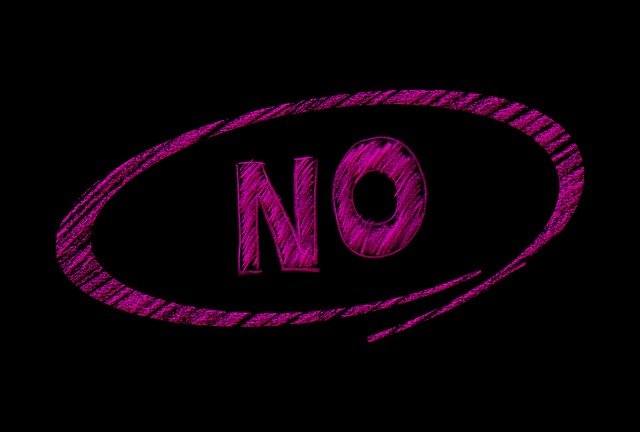
March 11, 2021-I’m really enjoying the variety of questions that are coming in from our readers, and I hope that you are too! We’ll continue the topic of answering your most asked questions about writing, being an author, self-publishing, and more. Here is the question of the day:
Q: “I’ve been working on my manuscript for a year and a half, it’s a middle-grade novel, and I think I’m finally finished it…or maybe I’m not…every time I look at it, I feel like editing it again from the beginning. How will I know when my manuscript is ready to be submitted to a publisher for consideration?
A: This is a great question! It’s a bit complicated, so let’s try to simplify the answer. It’s totally normal to obsess over every single detail in your book whether it be the very first line or the complexity of the plot or characters. My advice is that after about four drafts, you should stop obsessing. Also, if you’re finding that your changes are making the story worse and not better, it’s time to stop editing and start submitting for publication. For myself, I know my manuscript is completed when I can’t stand to look at it one more time; I’m sick of working on it, I don’t want to read one more word or do one more draft. Only submit your manuscript once everything is wrapped up with a bow and all of the readers questions are answered; don’t leave anything incomplete when it comes to the plot or storyline. Most authors will just know that their manuscript is ready, it’s a gut instinct. Sounds cliché, but it’s true! Only you will know when your manuscript is ready to be submitted. Be sure to check the submission guidelines and follow them explicitly. Usually, these can be found online on the publisher’s website that you will be querying. I can’t tell you how many manuscripts I’ve rejected on the basis of the author not following the correct procedure while submitting, don’t let this happen to you!
Our submission guidelines can be found here: Contact Info/Submission Guidelines – Pandamonium Publishing House and here are some additional resources should you need help: Mini-Course Crafting the Perfect Query – Pandamonium Publishing House Advice From a Publisher (Insider Secrets for Getting Your Work Published!) An Amazon Best Seller – Pandamonium Publishing House

